Question:1
Where should vehicles drive in a road divided by a continuous white line?
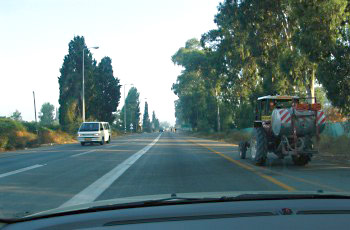
Category : Rules and Regulations
Question:2
Is it permitted to let off passengers on a freeway?
Category : Rules and Regulations
Question:3
What is a “breathalyzer test”?
Category : Rules and Regulations
Question:4
“Permitted load” on a commercial vehicle is:
Category : Rules and Regulations
Question:5
What type of insurance covers the damage that is caused to other vehicles?
Category : Rules and Regulations
Question:6
Who is permitted to drive a “security vehicle” or a “rescue vehicle”?
Category : Rules and Regulations
Question:7
Safety shoes are obligatory:
Category : Rules and Regulations
Question:8
When may a driver be in possession of only photocopies of his original vehicle documents?
Category : Rules and Regulations
Question:9
A bus lane may also be used by vehicles of:
Category : Rules and Regulations
Question:10
You are driving vehicle no. 3. In what order will vehicles enter the following intersection?
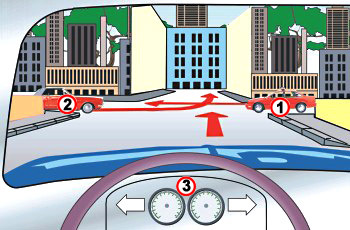
Category : Rules and Regulations
Question:11
At what minimal distance from a residential building or a public structure is it permitted to park a vehicle transporting hazardous materials?
Category : Rules and Regulations
Question:12
In the following illustration you can see a wide road. Which of the numbers within the illustration marks a lane?
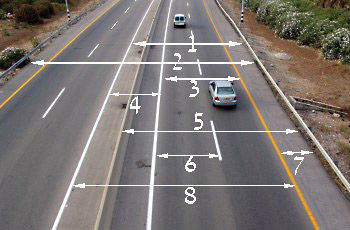
Category : Rules and Regulations
Question:13
Define “own weight”:
Category : Rules and Regulations
Question:14
Is a policeman permitted to stop a vehicle that carries freight in an unlawful manner?
Category : Rules and Regulations
Question:15
What is the meaning of this sign?

Category : Rules and Regulations
Question:16
According to the law, what is the validity period of demerit points incurred by a driver?
Category : Rules and Regulations
Question:17
In what condition should the driver and vehicle’s document be kept?
Category : Rules and Regulations
Question:18
Within which distance before and after a railway crossing is it allowed to stand or park a vehicle?
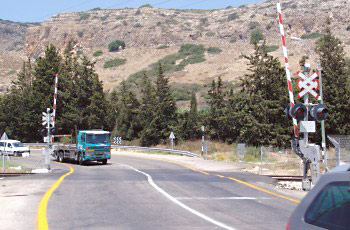
Category : Rules and Regulations
Question:19
Define “stop line”:
Category : Rules and Regulations
Question:20
Define an “axle” of a vehicle:
Category : Rules and Regulations
Question:21
Which of the following sentences is correct: The law prohibit drivers from making a left U-turn:
Category : Rules and Regulations
Question:22
What gap should be maintained from the vehicle that is driving in front of us?
Category : Rules and Regulations
Question:23
Is it obligatory to obey the directions of a policeman who has identified himself with an appropriate certificate?
Category : Rules and Regulations
Question:24
What should we do when driving behind a vehicle that is giving a direction indicator signal?
Category : Rules and Regulations
Question:25
What is the validity period of a “new driver” driver’s license?
Category : Rules and Regulations
Question:26
Is it permitted to perform an emergency brake for any reason other than to prevent a road accident?
Category : Rules and Regulations
Question:27
According to the law, is there any significance to the manner in which the freight is arranged on the vehicle?
Category : Rules and Regulations
Question:28
A driver wishing to park his vehicle downhill shall:
Category : Rules and Regulations
Question:29
What are you (vehicle no. 3) required to do when approaching the following intersection (the red vehicle is not an emergency vehicle)?
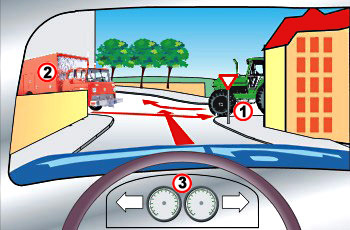
Category : Rules and Regulations
Question:30
When is it prohibited to stop or park a vehicle?
Category : Rules and Regulations

